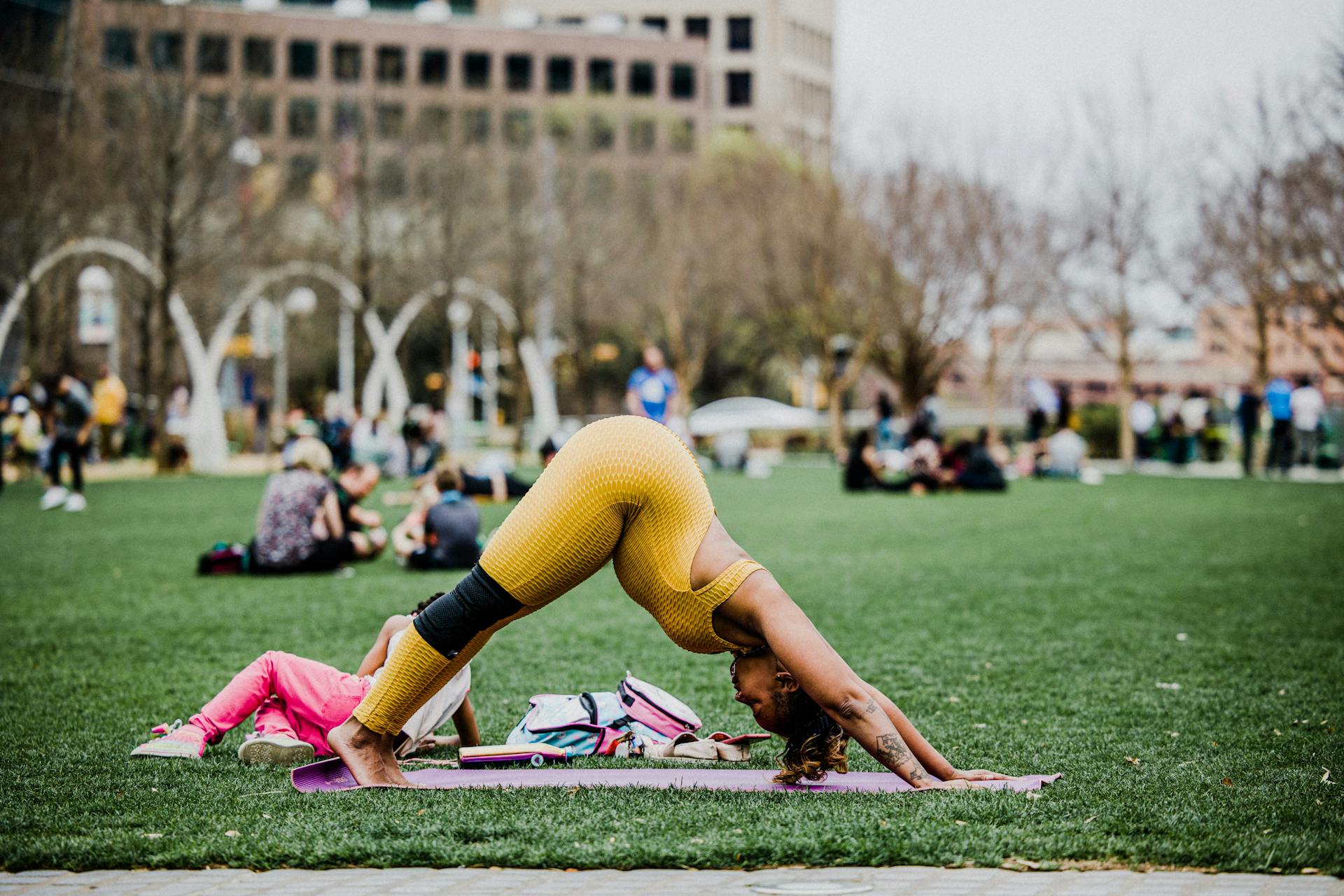Exercise is always good for you, and when you are pregnant, exercise can lead to a better childbirth experience. Maintaining your fitness while pregnant can be a holistic experience that strengthens the mind, the body, and the spirit. So moms-to-be, as best as you can, make exercise a regular part of your routine.
In addition to more energy throughout the pregnancy, exercise can lead to reduced back and pelvic pain. It can also decrease the risk of pregnancy complications such as pre-eclampsia and pregnancy-induced hypertension. Plus, exercise leading up to childbirth can help moms prepare for the physical demands of labor and experience fewer complications in delivery and faster recuperation after labor.
Rachel Nicks, the founder and CEO of Birth Queen, is a firm believer in the benefits of exercise during pregnancy. She encouraged all moms to have a movement and meditation practice in order to equip themselves for the inevitable obstacles of parenting.
“Movement is medicine,” Nicks said. “Motherhood requires so much pouring into our children, but, oftentimes, what moms need is to come back to self.”
Benefits of Exercise During Pregnancy and Childbirth
During pregnancy, a mom’s body carries an extra load. Nicks explains that keeping your body strong will allow for a more supported and comfortable pregnancy.
Childbirth also requires energy, strength, and endurance. If a woman exercises during pregnancy, then she will be more likely to understand which muscles to activate and which to relax during birth. This will expedite the pushing phase and decrease her chances for tearing.
“Pushing requires immense strength and an understanding of how to completely relax your pelvic floor muscles,” Nicks said. “Pushing also requires a mother to activate her transverse abdominals while relaxing her pelvic floor muscles.”
During labor, a woman’s body requires oxytocin to dilate. It’s critical for her to keep her mind calm and to stay out of fight-or-flight mode, which creates cortisol and adrenaline that prevent the cervix from opening.
Exercise is also wonderful for stress management and overall health mentally and physically. Nicks is a big supporter of expecting mothers learning breathing techniques. It gives moms an external focus and helps them center their mind, body, and spirit.
“Labor can last anywhere from six hours to 33 or even 56 like my two kids!” Nicks added. “Endurance of the mind, body, and spirit are crucial.”
Prenatal and Postpartum Movement to Avoid
It is crucial to know how to move mindfully and safely prenatally and postpartum. During pregnancy, Nicks says it’s important to avoid movements such as: twisting, crunching, and lying on your stomach. It’s also important to avoid any high impact movement because it can cause trauma on the pelvic floor.
During postpartum, it is important to avoid any twisting, crunching, or high impact exercises.
“New moms should prioritize moving safely in order to not increase the chances of diastasis recti (abdominal separation) or more trauma to the pelvic floor,” Nicks said.
Recommended Exercises During Pregnancy
Exercises during pregnancy can help moms-to-be build their physical strength, as well as their mental and emotional endurance.
“An exercise practice creates strength and endurance of the body, and during labor, endurance and a strong mind are paramount,” Nicks explained. “A positive and calm mind absolutely contributes to a more enjoyable birth experience.”
Some light exercises that Nicks recommended during pregnancy are: pelvic floor exercises, walking, gentle stretches, yoga, and light weights for upper body strength.
Yoga movements like a cat-cow pose will get your blood flowing, and a down dog will help alleviate low back pressure and open up your chest. You can also try out chest openers like side bends and the mermaid exercise. To strengthen your pelvic muscles, try out kegel exercises, which also help support your pelvic organs and control excessive urine, bowel movement, and gas.
A bridge pose will help build glute strength You can also try an elevated bridge with a block under your lower back for support. This will help alleviate any low back pressure.
Try reverse lunges and lateral lunges to build lower body strength. For upper body strength, try bicep and triceps exercises. Be sure to keep your abs and your pelvic floor engaged and your knees soft. To help with posture, try reverse flies and rows.
